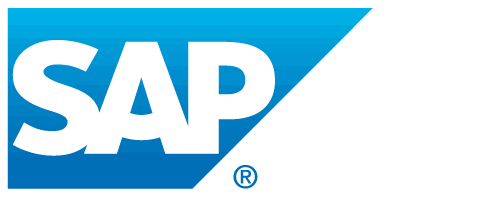Organisations around the world have been given no choice but to operate in remote setups. Many companies, especially those in tech, have recognised one of the biggest benefits of doing so: the chance to recruit and hire talent from virtually anywhere.
To put it into perspective, in the UK the talent pool of software engineers is limited to around 300,000 people, compared to an extensive international pool of 26.8 million active software developers in the world.
Your company doesn’t need to have a remote work policy to reap the benefits of global hiring, though. Thanks to employee relocation, and a new generation of global mobility technology, companies with hybrid and co-located teams can also easily hire top international talent.
Until fairly recently, employee relocation was mostly reserved for large corporations with the resources to navigate the complexities of business immigration.
Now, organisations of all sizes can access the same resources, at a fraction of the cost, via global mobility technology that seamlessly integrates with their HRIS.
As mentioned, the main advantage of hiring internationally—especially now that vacancies are at a record high—is getting access to a significantly larger talent pool. However, if you aren’t careful when selecting a global mobility platform, that benefit can quickly diminish. Great HR tech should always be three things:
- Transparent
- Efficient
- Engaging
Global mobility technology is no exception. Using these three criteria as a framework, here’s what you should consider when evaluating options:
Transparent
Like all components of an HRIS, an effective global mobility platform should provide your team, at all times, with clear insight into employee-related processes.
For example, let’s say you’re sponsoring the visa for a candidate you intend to hire. Depending on the country, there can be several steps in the visa application process, each requiring specific documents and information.
To ensure there are no bottlenecks and increase the likelihood of a candidate’s approval, it’s essential to have transparency into the overall process, as well as the individual stages.
Furthermore, the ability to analyse and transparently report on the work you do is critical for two reasons. One, you can’t hire strategically without data. Two, as with any workplace tool, you have to justify the investment by demonstrating the business value it creates.
Efficient
There are a lot of moving parts to employee mobility and relocation. As mentioned above, the process of applying for a visa can contain several steps. Bottlenecks can easily occur when waiting for paperwork, third-party approvals and so forth. And the more candidates there are in your mobility pipeline, the more complex it can get.
Roadblocks like these can be avoided, however, if your global mobility platform has the following capabilities:
- Candidate pre-check screening to determine the likelihood they’ll be approved for a work permit/visa
- Task-management system to break down long processes into step-by-step tasks
- Automation features like the ability to e-sign and pre-fill documents, thereby reducing time-consuming and repetitive tasks.
Engaging
Transformative global mobility technology should do more than allow companies to move talent from point A to point B; it should empower organisations to create an engaging and memorable employee experience.
To achieve this, a platform should be transparent and efficient not only for HR teams, but candidates, too. For candidates, it’s important to have as much information—and as many resources— as possible when moving to a new location. Look for a global mobility platform with the following:
- Access to a dedicated case management support team, with country-specific immigration expertise, that can step in to offer help when needed
- An employee portal with an extensive database of resources, articles, FAQs, templates, and other information relevant to destination country
- A marketplace of service providers for things like insurance, housing, and banking.
Finally, to ensure that you’re providing candidates with an engaging and memorable employee experience, make sure that candidates have the opportunity to provide feedback. For example, a CSAT rating or a survey with open-ended questions.
The features mentioned above represent just a few of the many capabilities you can expect from a next generation global mobility platform. Technology in this space is already transforming the way that companies across the world—just like yours—are recruiting and hiring talent. To learn more, click here.
Gordon Smith is VP at Localyze












